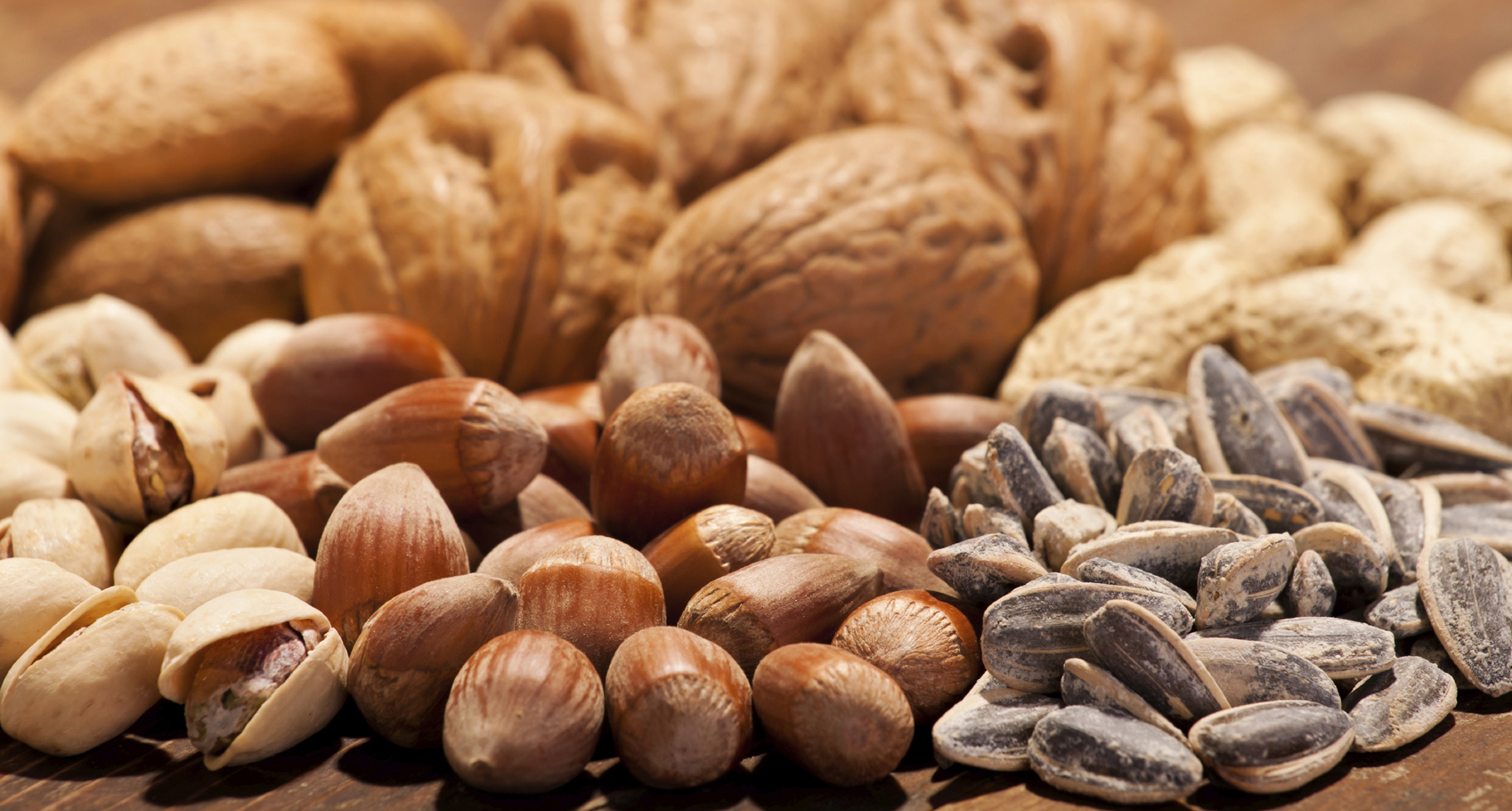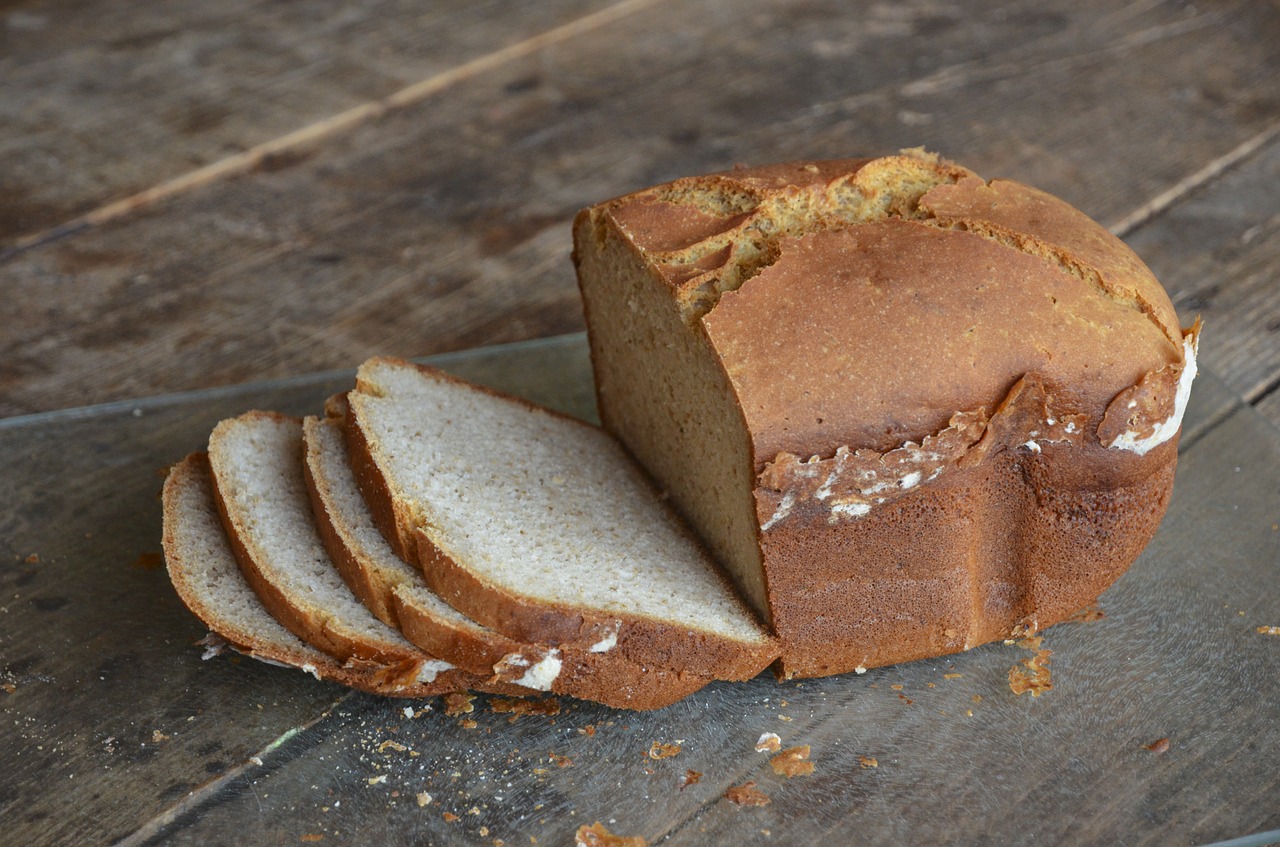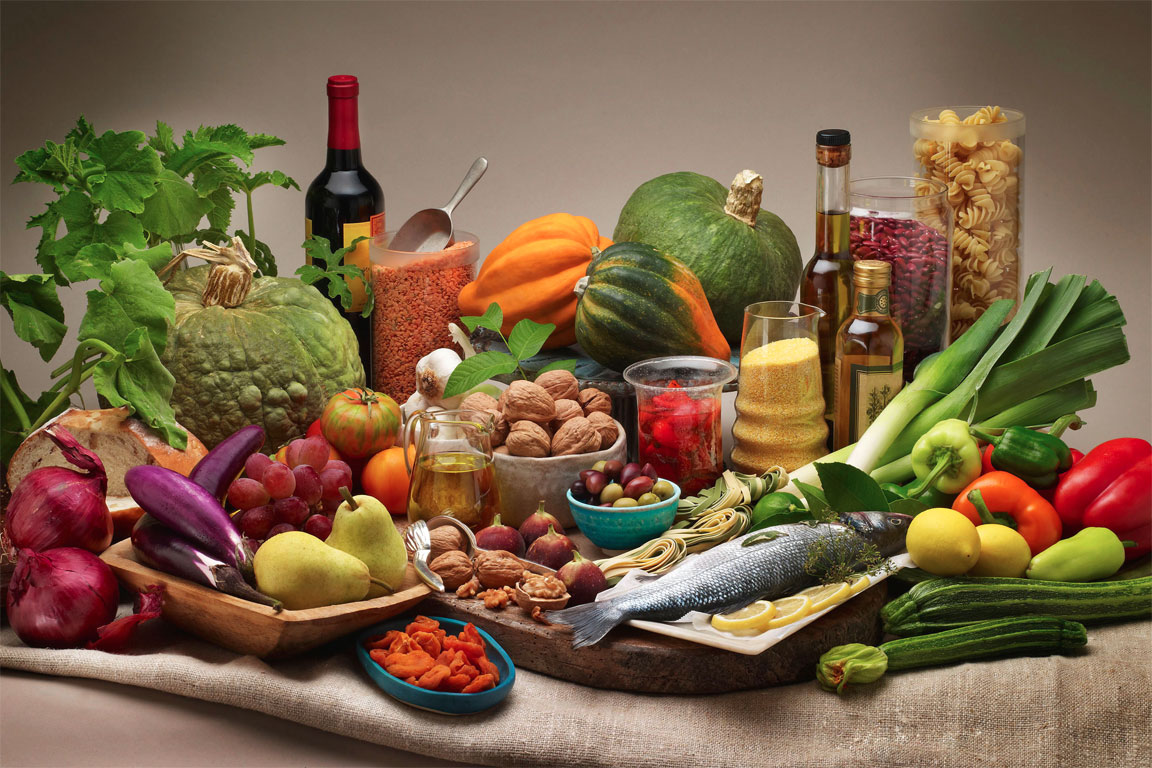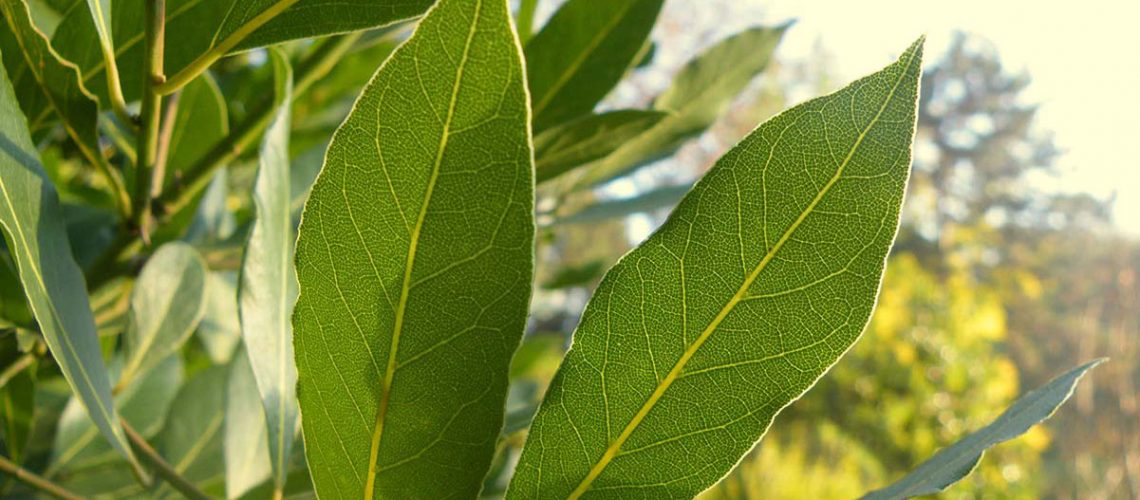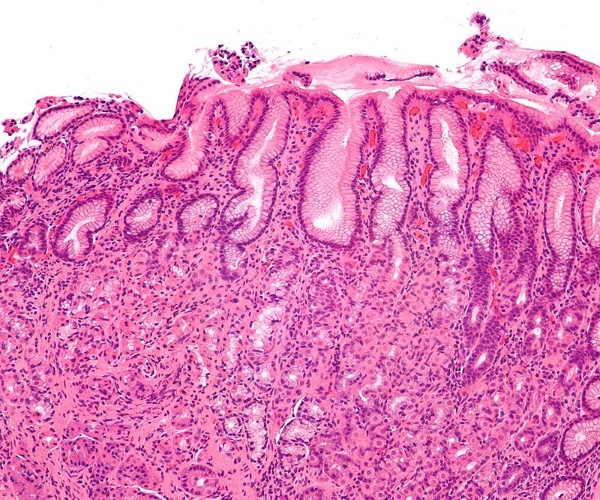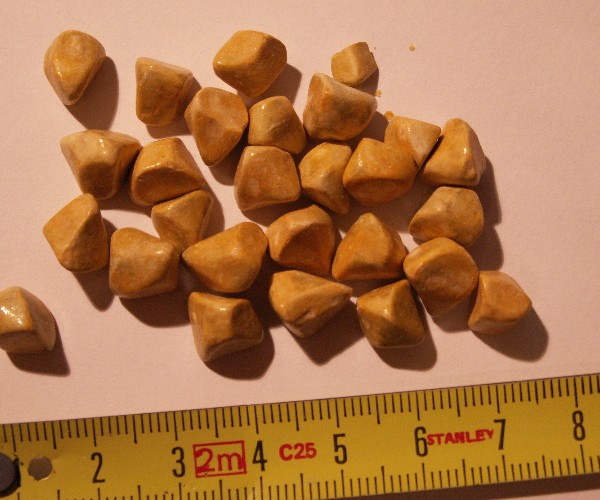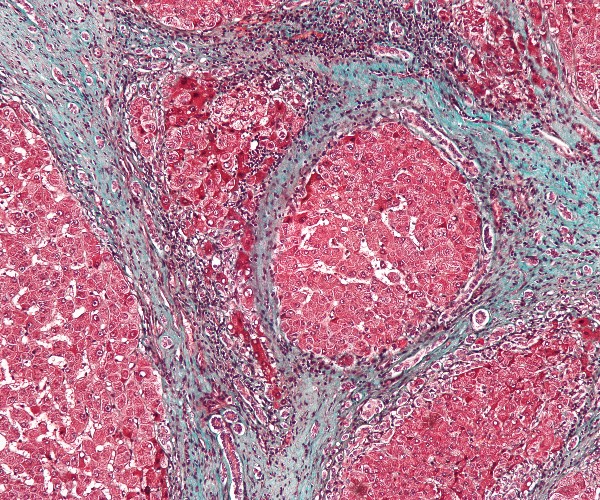No great words of ‘introduction’ are needed for bay laurel, known to all as an aromatic plant for flavoring dishes and recipes. What is not known, perhaps, is also its therapeutic properties. In fact, it is also an officinal herb, used in cosmetics and phytotherapy. It is anciently known and its ‘myth’ is linked to traditions and legends. Let’s find out together.
The ‘noble’ name. Laurel belongs to the Lauraceae family, of which there are several varieties, but the best known, most widespread and also appreciated for culinary and medicinal use are two: Laurus nobilis and L. var.
Angustifolia. Although similar in appearance, they have some differentiating features, referring mainly to the leaves: the former species, maintaining its ‘noble’ trait, has leaves of a color tending more toward gold, while the latter has more elongated leaves. Both of these varieties of laurel are edible and employed for the uses mentioned. Does this seem like a superfluous clarification? Not at all, because there is also a third variant, Prunus laurocerasus L, better known simply as laurel, with leaves and fruits similar to those of laurel, however toxic if they are consumed. Not surprisingly, it is the most widely used species as an ornamental hedge to decorate gardens. Laurel is known as a shrub, and this is believed to be its nature as it is often pruned: in reality it is a tree that can reach a height of up to 10m, with thin, glabrous branches that form a dense pyramid-shaped crown. The stem is erect from whose aromatic wood the typical scent of the leaves emanates, covered by a blackish-green bark that echoes the dark color of the leaves. These are ovate, shiny on the upper page and opaque on the lower and also very fragrant. The plant throws out light yellow flowers that form an umbrella-like inflorescence in spring, usually in March-April. Finally, the fruits, drupes, are black and shiny once they are ripe and inside contain a single seed. The berries ripen in October-November and these are used to ‘scent’ even everyday products. Are there any other special features? Yes, and probably few people know it: laurel is a dionic plant, that is, its flowers are unisexual. This means that male flowers are born in one plant and female flowers in another, which will then produce fruits. Unisexuality is a factor associated with the evolution of the species-in fact, initially all plants had complete flowers. Female flowers now have 2-4 staminoids, i.e., remnants of nonfunctional stamens, in the same way as male flowers that have atrophic female parts, not aimed at reproduction.
Natural habitat. Laurel is a Mediterranean aroma, a hardy plant that grows well in all soils, so it can be grown in the vegetable garden, garden or balcony. In the wild it is found throughout the territories bordering this sea: Spain, Greece, Asia Minor. And of course in Italy where it grows wild in central and southern areas and along the coasts, while in northern regions it is cultivated and sometimes naturalized. However, it is also present in Switzerland, despite the fact that it is a landlocked territory. Laurel is so widespread that today we can speak not only of ‘Mediterranean scrub’ but also of ‘laurel scrub’ or Lauretum, which proliferates in the less arid areas where scrub is established.
From name, to history, to mythology. The term Laurel is derived from the Latin Laurus, although some attribute it a Celtic origin from Lawur, “verdant,” “evergreen.” Laurel, which has always, symbolizes the glory, triumph, fame, honor and immortality. Let us think of antiquity: in Greco-Roman era, laurel wreaths were placed on the heads of such worthy characters as recognition of highest honor and wisdom. For example, the winners of the Pythian games, one of the four Panhellenic games of ancient Greece, which were held near Delphi and included both athletic contests and competitions for poets and musicians, were crowned with laurels, conferring the title of poet laureate. As it happens, this conception is still alive today: even our graduates, they put laurel with red ribbons on their heads once they have discussed their thesis to confirm that they have become a doctor in the discipline of their choice. Still gone down in history are the effigies of Dante, the supreme poet of Italian literary culture, with the laurel wreath but not only that, the “laurel” is mentioned in other lofty works, such as Petrarch’s canzoniere where Laura, the woman loved by the poet, is partly likened to this shrub as a symbol of rejection and inaccessibility. This conception comes from the myth of Daphne and Apollo: the latter falls madly in love with the nymph Daphne after Cupid, in revenge, strikes him with one of his darts. When Apollo declares himself to her, Daphne flees in terror and pleads that Apollo can erase all ‘memories’ and motivation of falling in love and so Gaea, the Earth-Goddess, turns Daphne into a laurel plant. Apollo does not give up and decides to continue to pay homage to (and love) Daphne by planting a laurel tree in his own garden, vowing to carry a few branches on his head forever. That is why it is said that it was Apollo himself who made the laurel an evergreen tree, honoring his beloved Daphne for life. And this is also why the laurel was consecrated to the deity Apollo and his son, Asclepius, god of medicine: for centuries, in fact, the laurel was used to cure many diseases, including the plague. Still, again myths attribute to laurel the power of divination: in fact, Apollo was the god of vaticins, that is, prophets, so much so that Pythia, the god’s priestess used to chew laurel leaves before making any prophecy.
But there are also ‘rumors’ of folk tradition: for example, it is believed that by placing some laurel leaves under the pillow is possible seeing future happenings in dreams and again laurel is attributed with the ability to To drive evil spirits out of houses and/or to break spells, hence the custom of hanging fronds inside houses. Finally, laurel has long been used as a remedy against the plague, while, in the Middle Ages, its leaves were considered a natural remedy for regularizing the menstrual cycle.
Uses. Laurel is now widely used in Italy for the preparation of traditional dishes, especially in some regions, for example Sicily, so much so that this aroma has been included in the list of traditional Italian food products (P.A.T) and by the Ministry of Agriculture, Food and Forestry (Mipaaf) as typical sicilian product. To the point of being able to be considered a ‘protected’ species: the Vlaamse laurier variety, the Flemish laurel, highly valued in Nordic countries and characterized by its symmetrical shape and resistance to cold, has been entered on the European PGI, protected geographical indication, register. It is used in cooking to flavor meats and fish, broths together with the other traditional flavorings (onion, celery and carrot), but also to prepare refreshing decoctions with digestive qualities or to make foot baths, while combined with spirit it is used in the preparation of aromatic liqueurs, which are recognized as having digestive, stimulating, antiseptic properties, useful against coughs and bronchitis, Finally for domestic use, it is a natural moth repellent, a substitute for camphor, with a decidedly better and more delicate scent,.
In cosmetics, laurel berries are used to make laurin oil, an aromatic oil that is the main ingredient in the very ancient Aleppo soap, the use of which has been documented since Babylonian times and is particularly suitable for the delicate skins and to those who suffer from allergies and intolerances to fragrances and other additives commonly found in personal care products. Still, laurel was once used to preserve books and parchments and to prepare classic laurel wreaths.
A few bay-scented recipes. Do you want to try your hand at making some bay leaf compounds for external use? We propose three:
- LARCH POWDER: ingredients: 1/2 teaspoon powder, in 1 teaspoon honey
Pound a handful of dried berries in a wooden or stone mortar until they are pulverized. Place the resulting substance back into an airtight glass jar. It may be used as a remedy for flu, cough, cold, fever, in addition to classic therapies.
- INFUSE: Ingredients: 3-5 bay leaves, 1 cup of water
Boil some bay leaf, once ready cover the vessel and let it steep for 10-15 min. After being well strained, the infusion can be drunk to aid digestion or to counteract poor appetite, stomach pains and flu-like conditions.
- BAY OIL: Ingredients: 50 gr. bayberry powder, 250 ml olive oil
Pulverize the berries in a mortar and then place the resulting mixture in an airtight glass jar, add the olive oil and let it sit warm near a stove or radiator for 30 days, shaking the jar well every day. After this time is over, the oil can be used to make massages or compresses on bruises, sprains, rheumatic, joint, and muscle pain. Filter as needed only as much as needed so that powder continues to transmit the fat-soluble active ingredients to the oil. Finally, a few drops of bay laurel oil and a handful of leaves can be added to the water for a fragrant and revitalizing bath against nervous-caused fatigue and headaches.
Cultivation. Getting laurel to reproduce is very easy, not only because, as mentioned above, it is a hardy and hardy plant that adapts well to different types of soil, but also because propagation by seed is aided by birds consuming its fruits. In case you want to do the planting manually instead, you must strip the seeds of their outer covering by boiling them in water and letting them soak until the water cools. Multiplication occurs, just as easily, in the wild by suckers (the woody part of the plant that in the form of a branch develops at the base), which often produces small groves from a single individual that are nothing more than clones of the starting tree, or artificially by cuttings, that is, by a specially cut sapling placed in the soil that gives rise to a new specimen. This mode also allows the genetic characteristics of laurel to remain intact. In case you want to speed up growth, you can employ rooting hormones. Be aware that cuttings typically take about ten days to a few weeks to root. You will be pleased to know that, in March, when laurel blooms, especially in cold temperate climates where there are no other major blooms, it is a source of nectar and pollen for bees, and this underscores its ‘goodness’.
Where and when to plant laurel. It also adapts well to different environmental conditions. So you can choose to plant it in pots, on the balcony in your “little garden” of herbs or in the ground, in the vegetable garden or in the garden. You can expose it to direct sunlight or place it in shady areas. Take care to choose soft, well-drained soil that is not overly rich in nutrients.
Watering. There are no strict rules, however, care should be taken that the soil does not become too dry, especially during spring-summer, when it should be well watered, while in winterwatering can be suspended, especially if temperatures become colder. When irrigating, pay attention to the possible formation of Water stagnation that can rot the roots, Main risk of plant death.
La fertilization. The most suitable seasons to carry it out are the spring and summer, so as to encourage leaf and root growth. Use nitrogen-based, water-diluted fertilizers that you will administer to the plant every 15 days; alternatively, slow-release granular fertilizers, added directly into the soil every 3-4 months and dissolved gradually by rainfall and moisture, are also fine. General indication/recommendation: choose fertilizers also rich in potassium, phosphorus and trace elements to stimulate balanced laurel development.
Pruning. Again, there are no particular directions, but pruning is necessary when growing laurel in pots to adjust its height. The ideal season to do this is fall, in September-October, or in spring, in March, do the pruning using shears and cutting off the apical shoots. To strengthen it and make it thicker, prune the basal branches, while cutting the side shoots can give the desired shape to the foliage.
***
Diseases. We mentioned that laurel is a hardy plant, but this does not exclude that it can become diseased. And one of the biggest risks is numerous parasites, which carry specific diseases. These include powdery mildew, or whitefly, caused by a parasitic fungus that attacks leaves and is very resistant to chemical and biological treatments, and psyllid, a small green or brown insect with long membranous wings that damages foliage. Can you prevent this damage? Yes, paying close attention to the moisture factor, so watering and placing the plants not in humid environments.
Why grow laurel? There are several good reasons for this, you may have guessed: it is a beautiful ornamental plant, in parks and gardens, it is a pleasant aroma for your kitchen, for making infusions, rich in vitamins using the leaves and berries, and for producing essential oils with therapeutic properties.
Bibliography
- Sandro Pignatti, Flora d’Italia, Bologna, Edagricole, 1982, ISBN 88-506-2449-2.
- T.G. Tutin, V.H. Heywood et alii, Flora Europea, Cambridge University Press, 1976, ISBN 0-521-08489-X.






